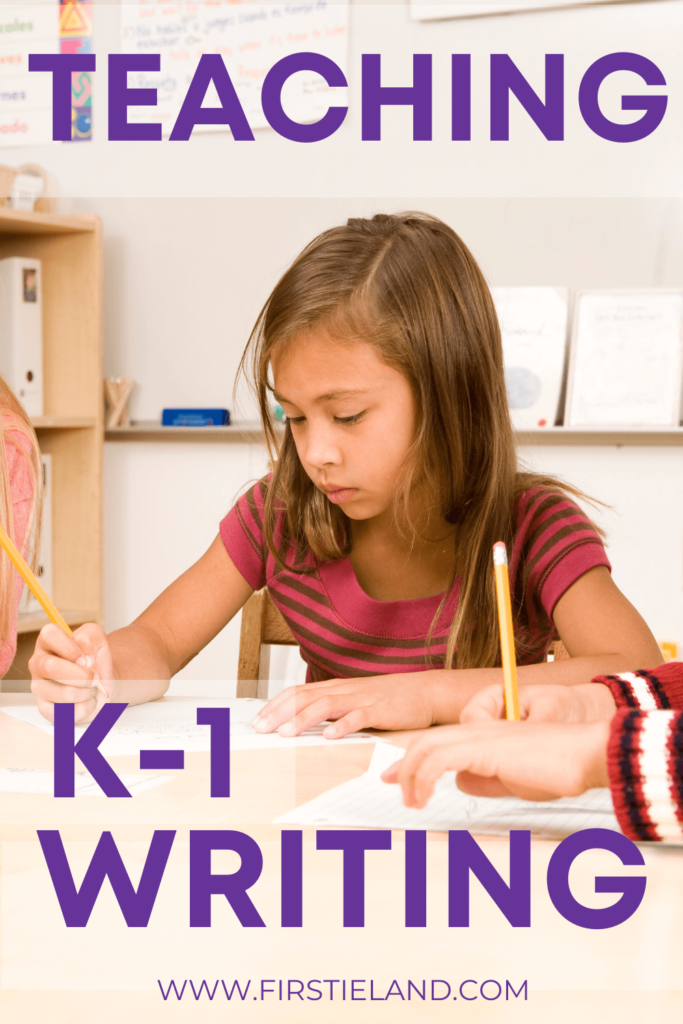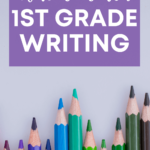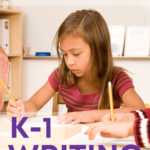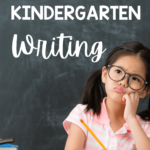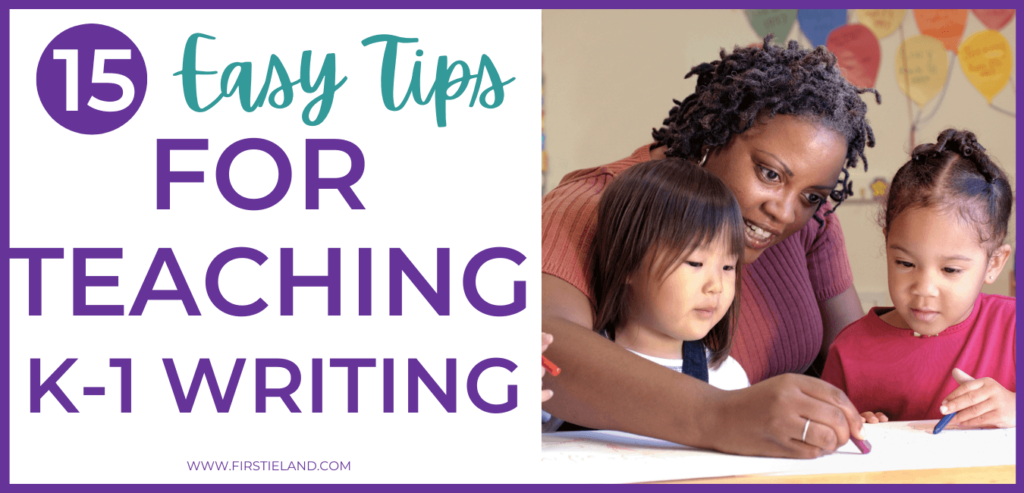
Teaching first grade and kindergarten writing is a crucial step in students' educational journey. Teaching writing requires creativity, patience, and an understanding of the developmental needs of young children. By implementing the strategies in this post, you can create a dynamic and engaging writing curriculum that helps students build their language skills, develop their creative voices, and become confident writers. These 15 tips will help you get started:
1. Kindergarten Writing Begins With Drawing a Picture
Before students begin writing any words they should be able to tell a story in pictures. Your first few writing lessons can simply be having students draw a picture about a topic they are interested in or a prompt from you. Then have students share their picture and tell their story orally.
2. Labeling A Picture
In kindergarten and first grade you must start at the very beginning with writing. Labeling is the very first type of writing for young children. It helps students as they are learning the sounds that they hear in words and matching those sounds to letters.
Have students make a simple drawing and then label a few of the things in the picture. Students can sound out the words and write the sounds that they hear next to the picture. You can also give students a simple picture to color with lines next to some of the words that you want them to try and label. Labeling helps students begin to recognize that letters go together to make words and that words can name objects.
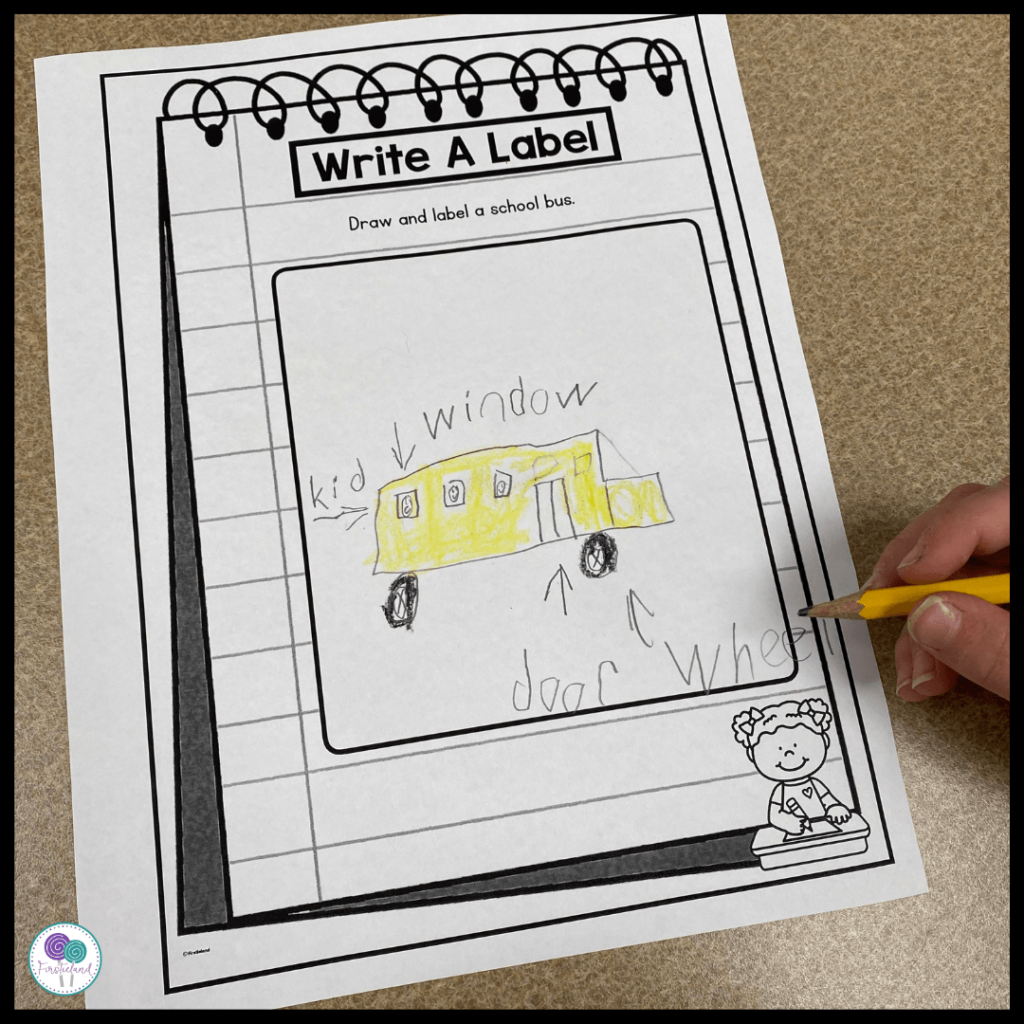
3. Model Writing For Students
New writers need lots of modeling to see what good writing looks like. Any time you are teaching a writing lesson, begin by modeling your own writing. You can use the technique called “shared writing”. This is when the students tell the teacher the words to write and you model how to write the words.
When you are modeling for students be sure to do it on a large sheet of paper or a daily slide on the board where all the students can see you as you write. Demonstrate proper letter formation, sentence structure, and creativity in your own writing. Talk about how you are forming the letters and show them how to sound out words by stretching the sounds. Whenever you are modeling writing to students you should always spell words correctly rather than using inventive spelling. When students see you as a successful writer, they'll be inspired to follow your lead.
4. Encourage Inventive Spelling
Most kindergarten and first grade students have not mastered how to spell words. For this reason, it's perfectly fine for them to use what is called “inventive spelling”. Students can sound out words and write the sounds they hear as they're labeling or writing a sentence in their daily journal. Often times, kids will not be able to hear the vowel sounds or certain blends and digraphs.
Allowing kids to write the sounds that they hear will encourage writing independence and give them more confidence as writers.

5. Use The Shared Writing Technique
Another way to help kindergarten and first grade students is by using a technique called “shared writing”. In this type of writing students and the teacher share the pen. Shared writing is a great way to involve the whole class in creating a piece of writing. Use an anchor chart or daily slide on your whiteboard to collaboratively construct sentences and stories with your students, encouraging them to participate actively.
Choose a topic that you'll be writing about and then have students help you as you write the words. Call on different students to assist you in the writing process. Use a large sheet of lined chart paper or a daily slide to write on and talk about what you want to write. Then decide on your first word or sentence.
Call upon a student to come up and help you write the letters. In kindergarten, you may have the student only write one or two letters. For instance if you are labeling a picture of the sun, choose a student who has an “s” in their name. They can come up to help you write the letter s because they are familiar with this letter and will feel success.
As students begin to know how to write more letters and recognize more sounds, they can help write entire words and sentences.
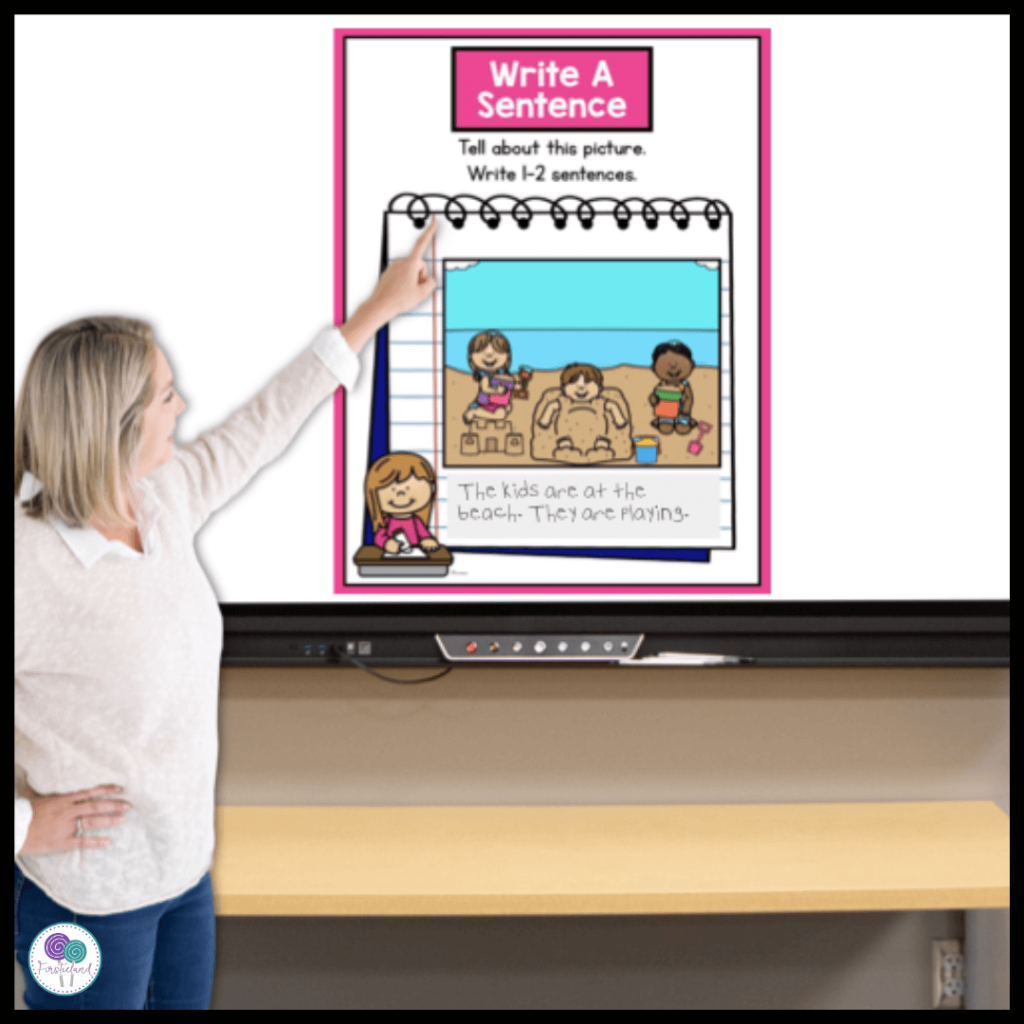
6. Drawing, Dictating And Writing
Recognize that not all kindergarten and first grade students have the same fine motor skills. Allow them to express their ideas through a combination of drawing, dictating, and writing in their journals. This way, every child can participate in the writing process.
7. Daily Writing Lessons
Consistency is key in teaching both first grade and kindergarten writing. Have a designated writing time every day to ensure that writing becomes a routine and an integral part of the kindergarten classroom. Writing does not have to take a long time. Thirty minutes is a good amount of time to demonstrate the writing process and give students a chance at independent writing.
The use of daily slides like these can help you in your writing lessons. Choose the writing genre that you will be working on and project the slide on your board. Take a few minutes to demonstrate the writing process and then students can practice this same type of writing independently at their desks.
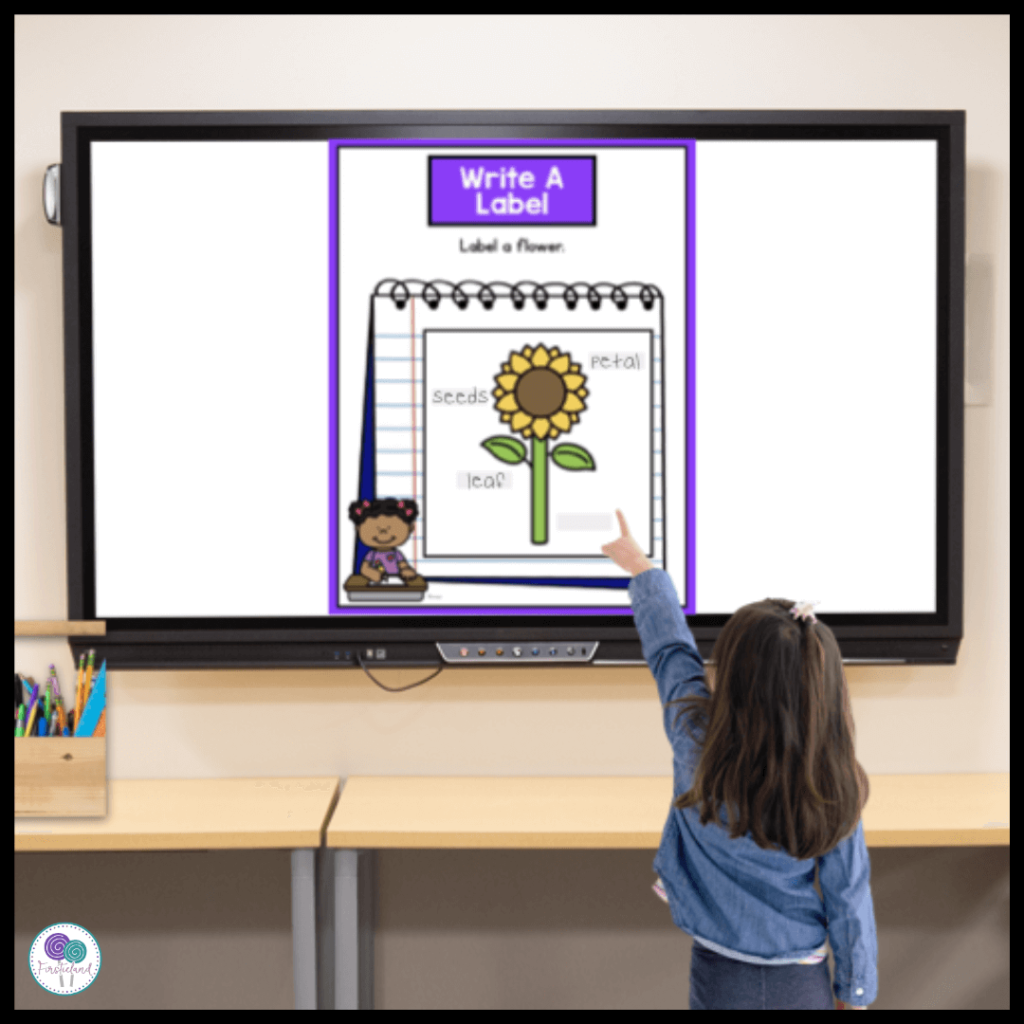
8. Use Daily Writing Journals
Part of your daily writing lessons can include a writing journal. You can have a journal with blank pages for students to choose their own topic or journals with daily prompts. You might like a combination of the two. The journals have space for students to draw and write with different types of writing to practice.
In my classroom, we used these daily writing journals as part of our morning work. Students would come into class in the morning and have about 15 minutes of tub time and then 15 minutes of journal writing time. It was a simple way to get some extra writing practice in each day.
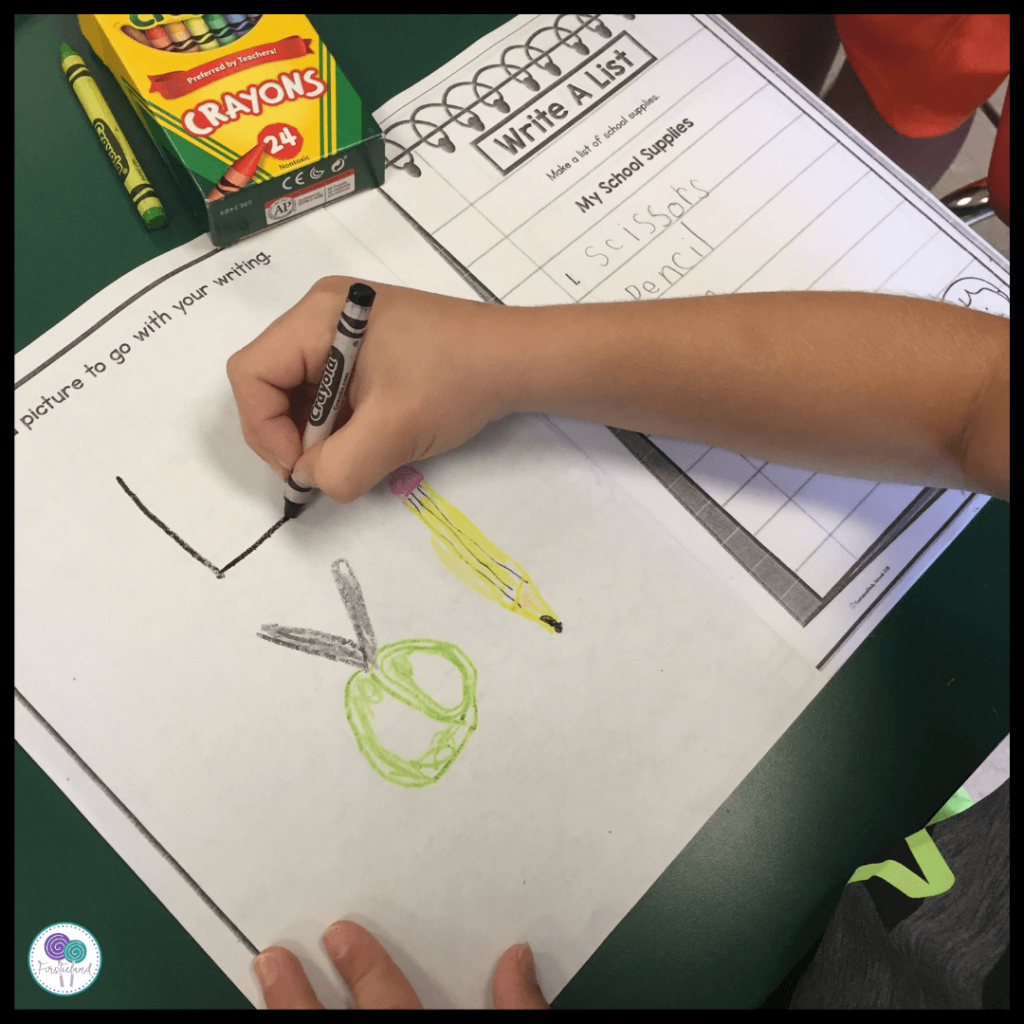
9. Create Big Books And Chart Stories Together
Another great way to encourage writing is by creating big books and chart stories as a class. Students can work to create the illustrations for your books or chart stories and then work together in shared writing to complete the text. These big books and charts will become a student favorite in your library or read the room activities!
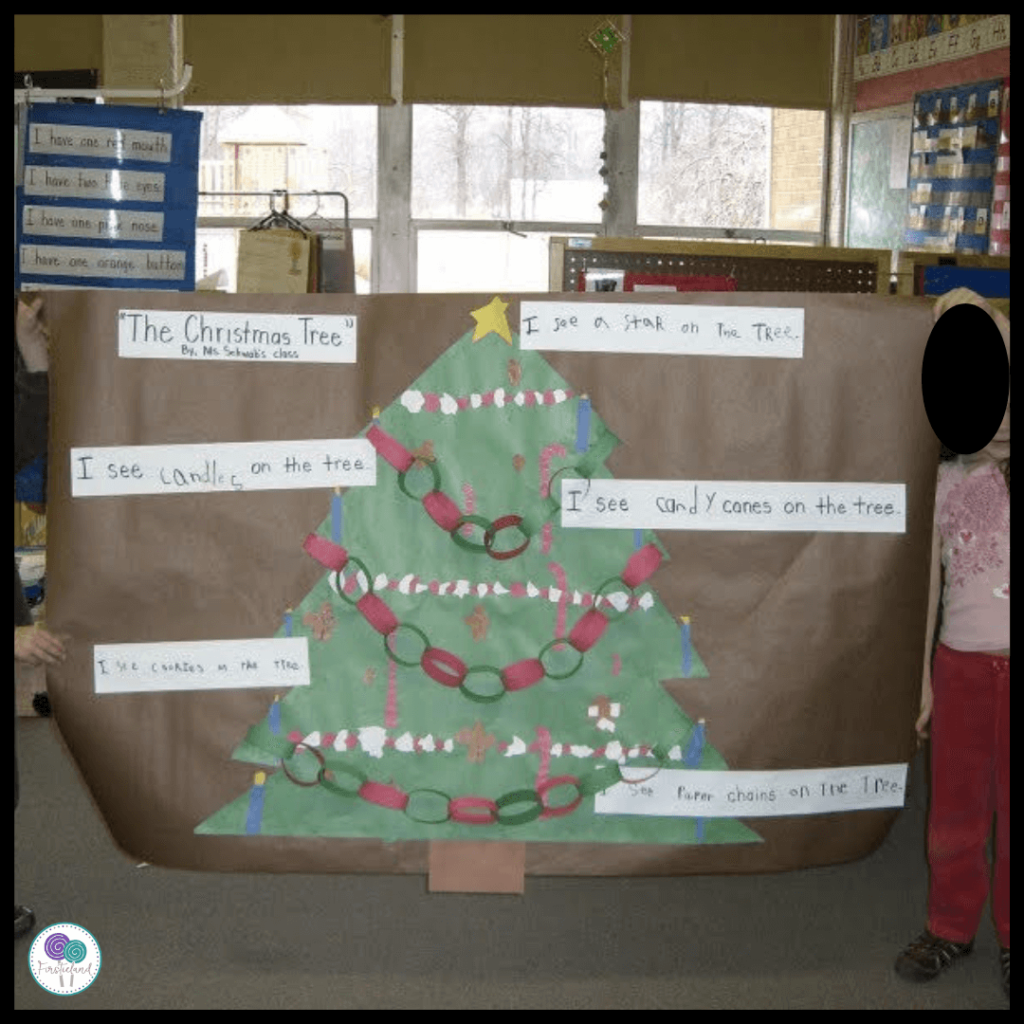
10. Use Writing Prompts
Kindergarten and first grade students often have difficulty coming up with a topic to write about. Use engaging writing prompts to spark your students' creativity. Whether it's about their favorite thing or a fun adventure, well-crafted prompts will inspire their imagination.
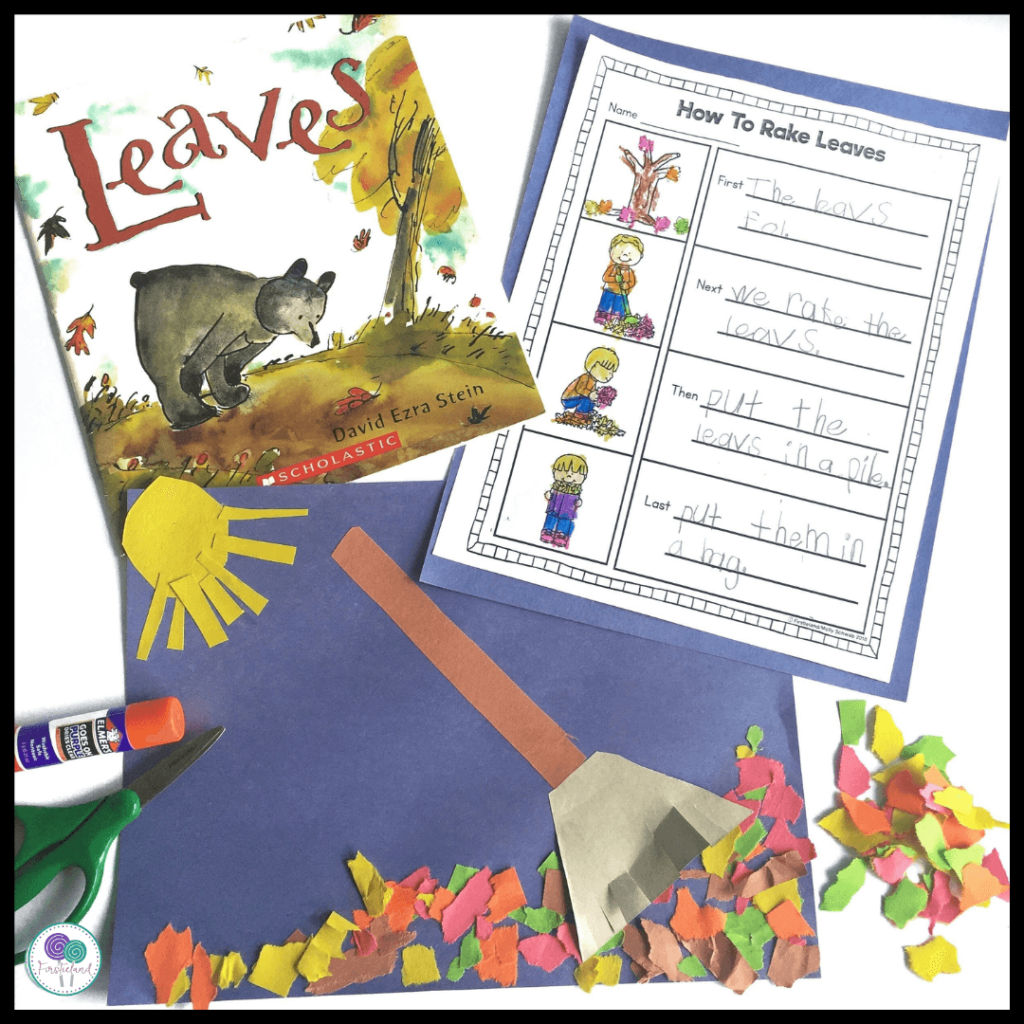
11. Choose Topics Kids Are Interested In
Make writing exciting for your young learners by selecting topics they're passionate about. Whether it's dinosaurs, superheroes, or their family members, writing about what interests them will keep them engaged.
12. Integrate Writing With Other Subjects
Finding time for writing lessons in the day can be a challenge. Save time by integrating writing activities into other subjects, allowing students to express their understanding and ideas in a broader context. You can have students write about science or social studies topics like animals, weather or life long ago. When you integrate subjects is makes the learning come alive and gives you the opportunity to fit more into your day.
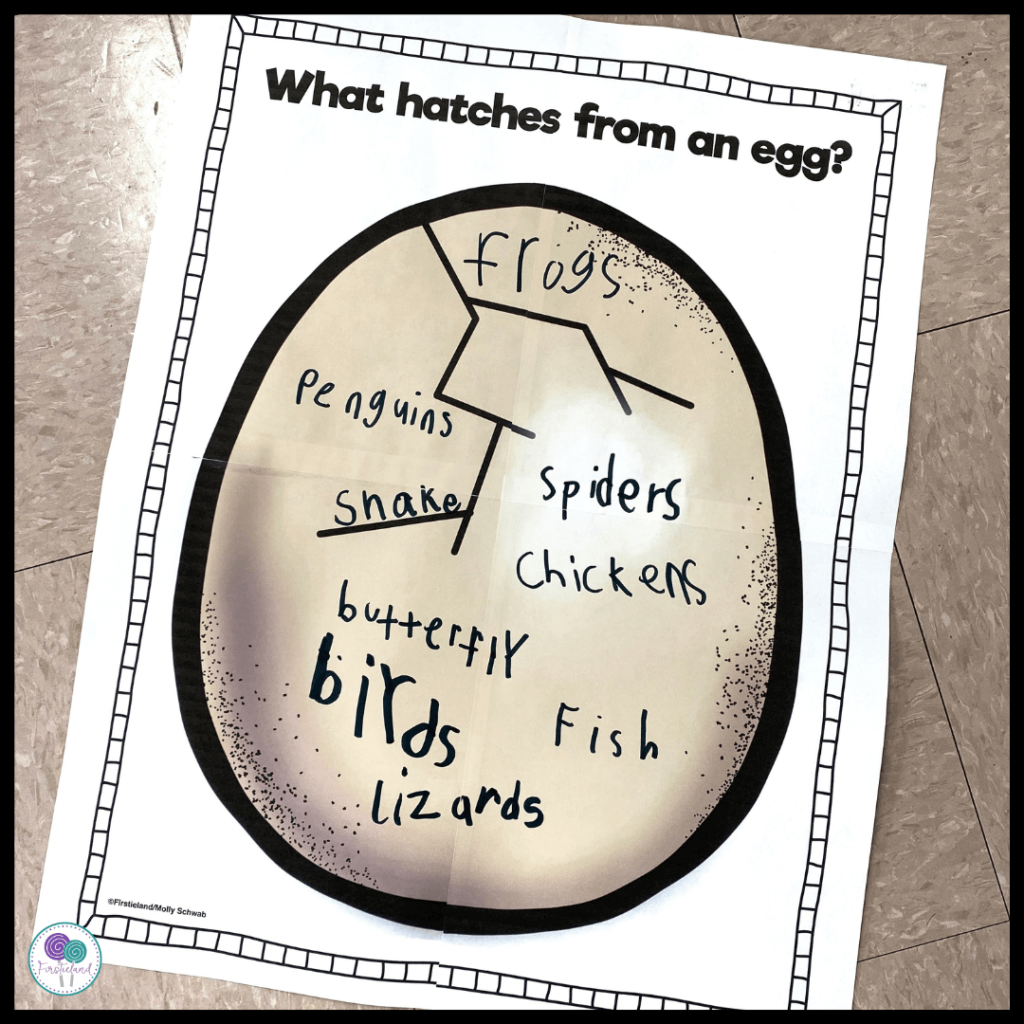
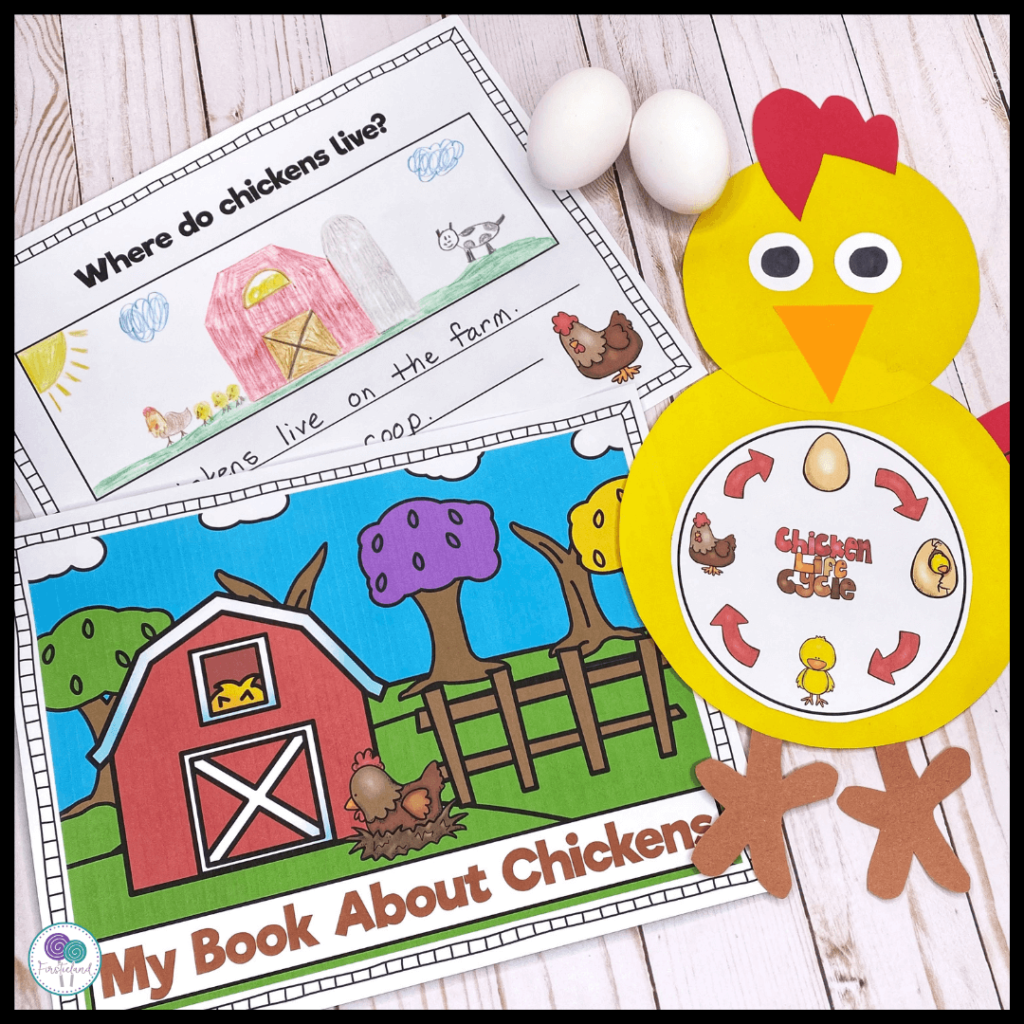
13. Have Students Share Their Writing
At the end of your writing lessons it's a great idea to choose a few students to share what they have written. Encourage students to share their writing by having a special authors chair where they can sit. This activity not only boosts their confidence but also allows them to learn from others and provides opportunities for positive feedback.
14. How To Help The Struggling Writer
If you have struggling writers in your classroom there are a few things you can do to help them succeed.
- Provide word banks for them to use during writing time.
- Encourage students to write simple sentences with 5 or less words.
- Show students how to count the words they will be writing in their head so they know how many words they will put on their paper.
- Make a short line for each word the student will be writing on their paper. This gives them a visual to help them remember what to write.
- Show students how to stretch out words and listen for the sounds. Then encourage them to write the sounds they hear.
- Encourage students to use a spacer to help them put spaces between their words. Something as simple as a clothespin or even a crayon can work as a spacer.
15. Goals For Kindergarten And First Grade Writing
In kindergarten and first grade the goal for writing should be fairly simple. As kindergarten teachers, remember that most kindergarten standards say that students should be able to use a combination of drawing, dictating and writing. Any form of this is considered on grade level for kindergarten students. A good rule of thumb is to have a goal of students being able to write one complete sentence by the end of the year in kindergarten.
As a first grade teacher, your goal should be a little more rigorous. Students should be able to write in different ways including opinion, informative and narrative writing. These genres should be introduced over the course of the school year with your goal to have students writing 1-2 paragraphs by the end of the year.
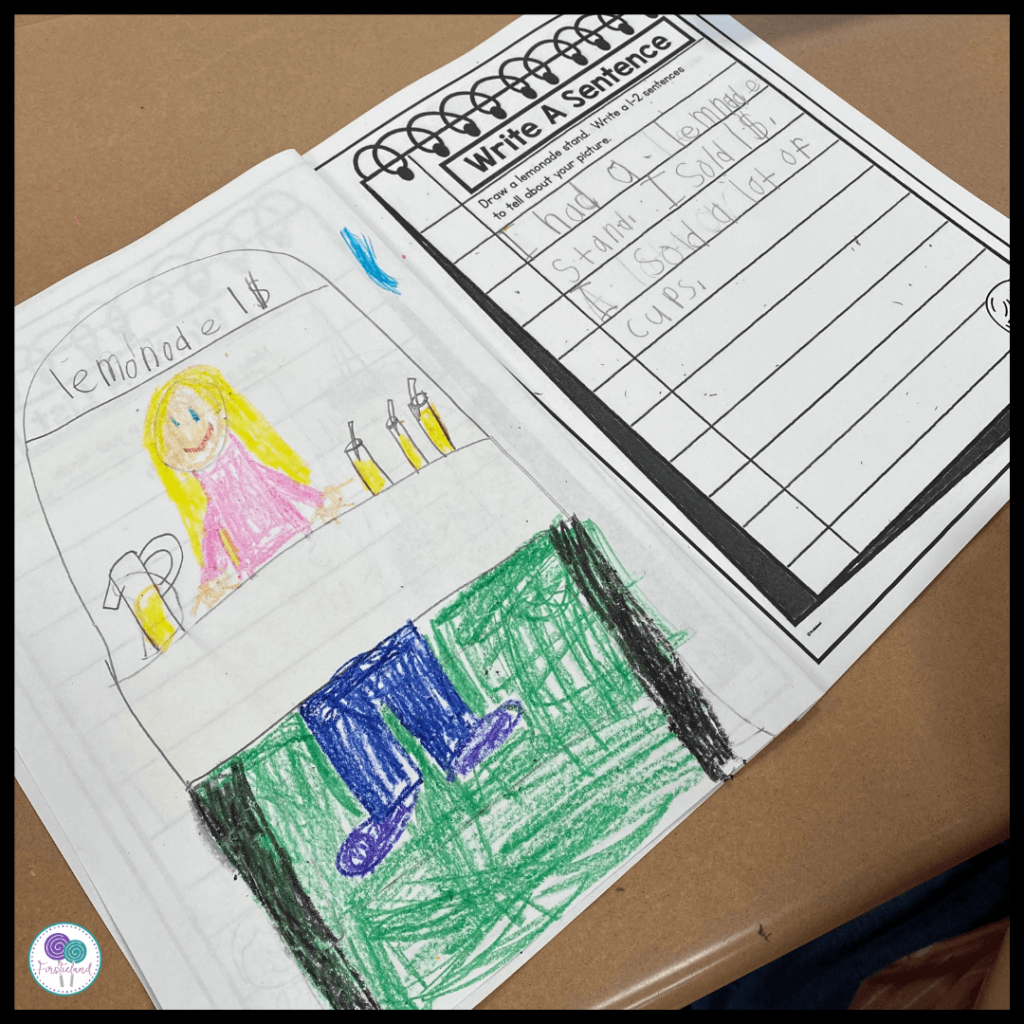
Throughout this post, we've explored numerous strategies for teaching kindergarten and first grade writing. By incorporating modeled writing, shared writing, and creative prompts, teachers can create a writing program that keeps young learners excited and engaged throughout the entire school year.
Building on their oral language skills and using a simple approach that combines drawing, dictating, and writing, children's writing can flourish in both the kindergarten and first grade classroom. With step-by-step guides students can progress from basic letter sounds to writing complete sentences. Whether in whole group settings or small groups, a structured writing routine that includes daily lessons and journal writing can lead to successful writers by the end of the year.
CLICK HERE FOR DAILY JOURNALSRemember, the most important thing is to foster a love for writing in young kids. Utilize their favorite subjects, create class books, and encourage them to share their own writing. Providing a supportive and positive writing environment, kindergarten and first grade teachers play a vital role in nurturing the young writers of the future. By celebrating each student's progress, you can create a great time for your students and make writing fun!
From shared writing experiences to incorporating writing into various subjects, these approaches will empower students to express themselves and embark on a lifelong journey of successful writing. So, go ahead and explore the wonderful world of kindergarten writing with your little ones – the possibilities are endless!
Ready To Get Started?
If you're ready to get started with daily writing lessons in your classroom, these journals provide an entire year of writing activities. With daily slides and printable journals you can guide your students through labeling a picture, writing a complete sentence, narrative, opinion and informative writing.
CLICK HERE TO VIEW THIS RESOURCE.

Looking for more writing tips and ideas? Check out these posts.
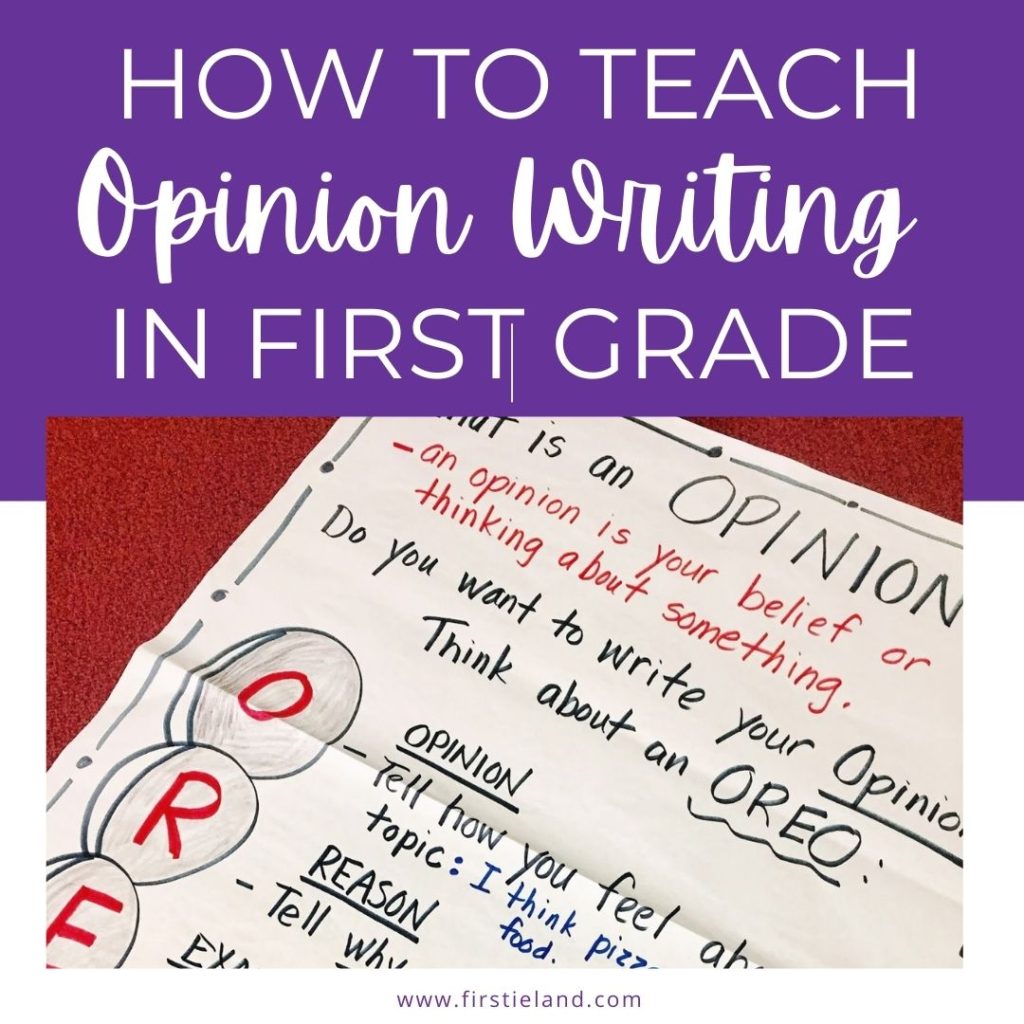
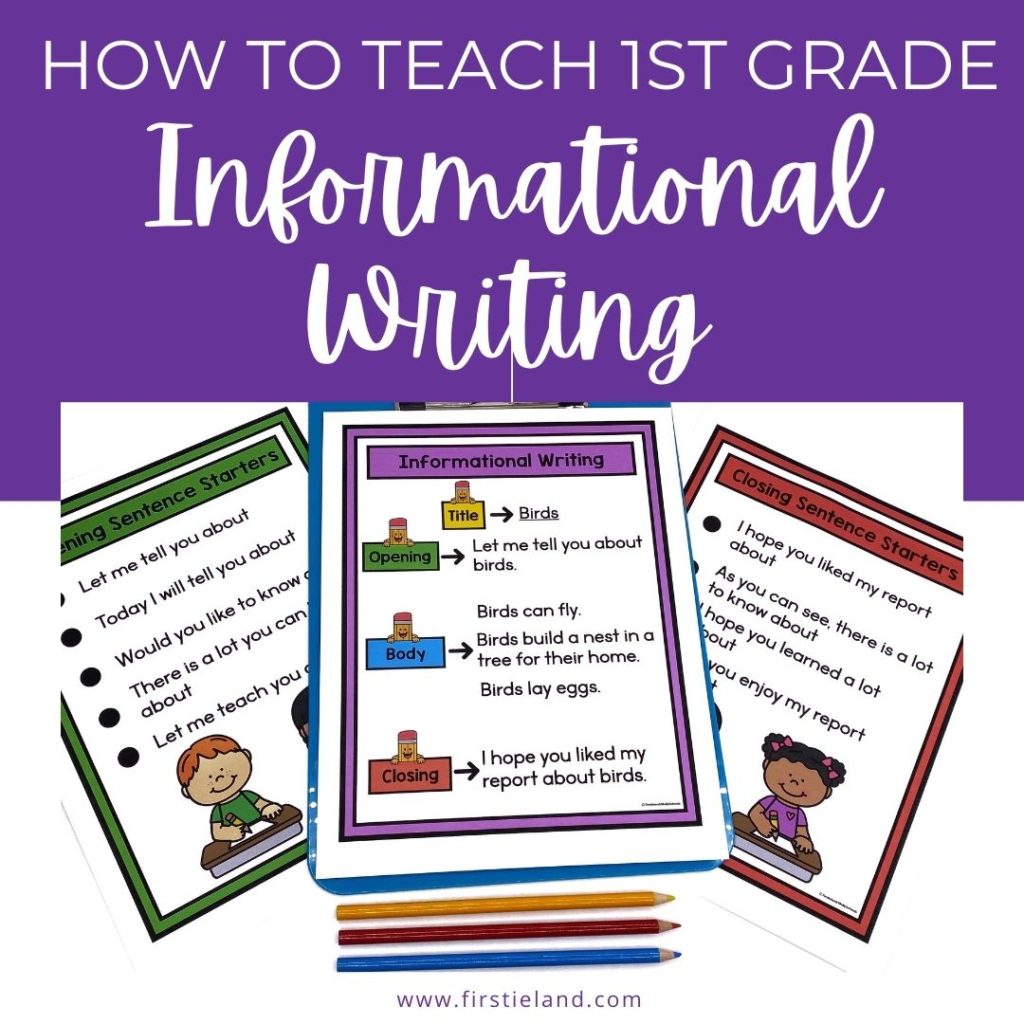
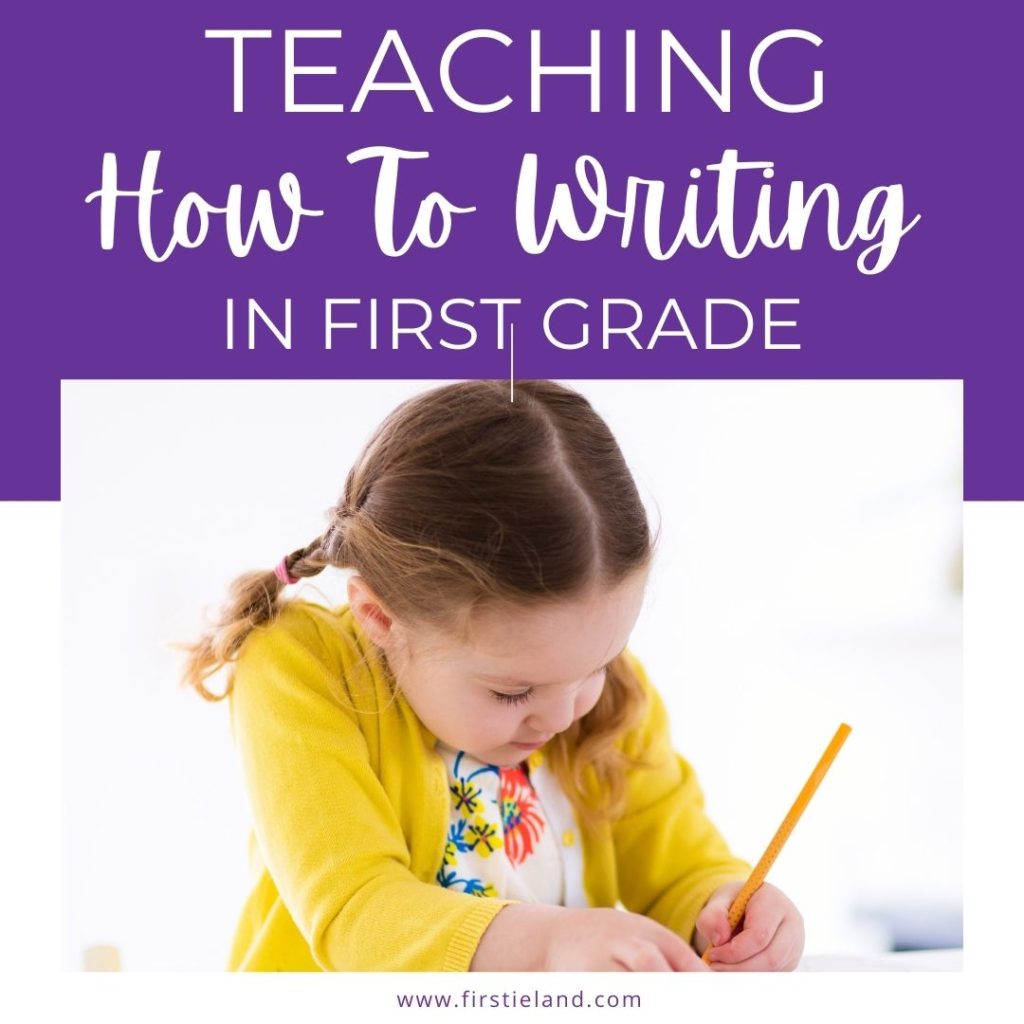
SAVE THESE IDEAS FOR LATER!
Take a minute to save these tips to your favorite elementary writing Pinterest board so you can remember them later!
